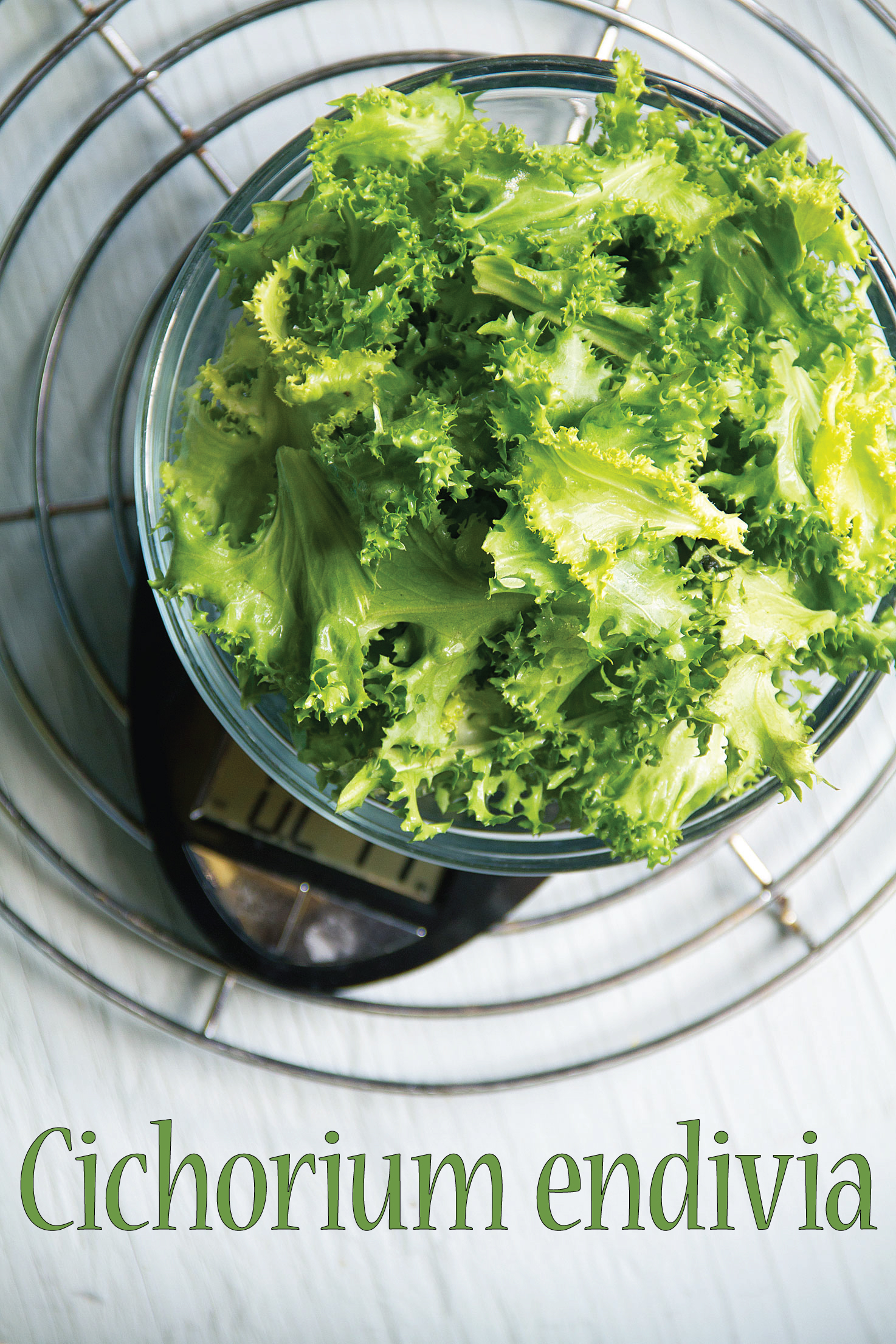
One of the pleasures of living in Southern California — and there are many — is the availability of unusual vegetables. Many of them are specialized versions of something you already love, like the Martian green Romanesco cauliflower. Some are exotic varieties from another hemisphere, such as oca, a technicolor root vegetable that can’t decide if it wants to be an Easter egg or a potato. Others like puntarelle are so crazy you might not know what to do with them. Then there are classic, old-world vegetables that aren’t so much unusual as they are unusually hard to come by. I’m talking about the chicories like escarole and curly endive.
Romanesco Cauliflower and Oca
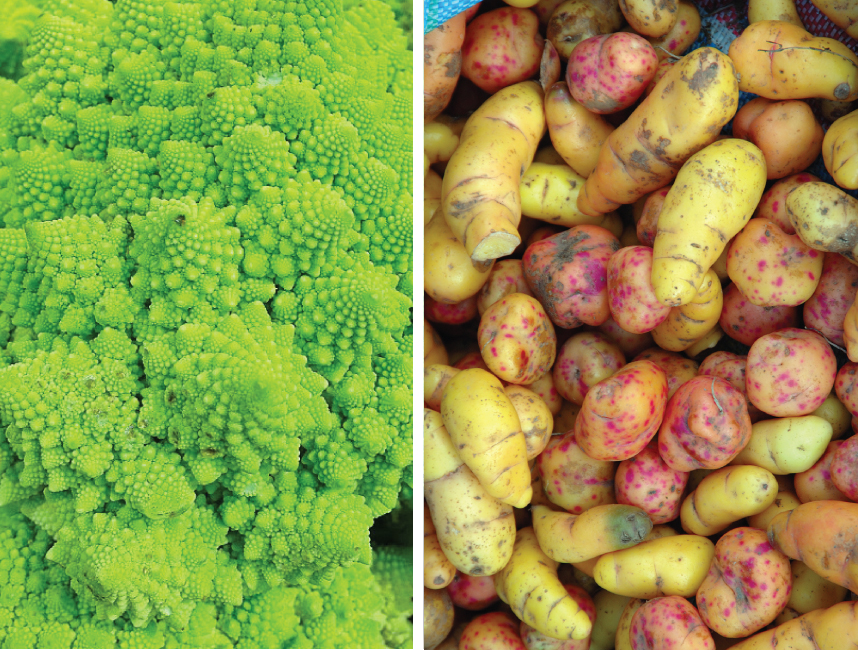
Puntarelle
Cichorium endivia: Escarole and Curly Endive
The best examples of escarole or curly endive are a full 12 inches across with creamy yellow hearts in a nest of spiky green leaves pointing out in all directions. These heads are so big they can hardly be stuffed into a bag. Once home, they fill the refrigerator drawer so tightly it will barely close. When you’re done wrangling one of these chicories you’ll probably wonder why you even bought such a thing.
Well, don’t fret, when you’re lucky enough to come across a perfect specimen it’s a thrill to carry it home and explore all its possibilities. After all, it’s so large and its taste and texture are so varied that there are several wonderful things that can be done with just one head of chicory.
The tightly bound tendrils in the center are very tender with just a hint of the bitterness that tells you they belong to the chicory family. Use these pale inside leaves in a delicately dressed salad or as a garnish on a simple veggie crostini drizzled with very good olive oil.
The further from the center of the escarole you go the bolder your culinary creations can get. These leaves can be torn it into pieces and thrown into soups. Try a salad with creamy dressing and crunchy croutons. A classic version involves pork belly lardons and a poached egg. Farther from the center, the palm-sized leaves are sturdy enough to support warm salads or get baked into a frittata. The spiky outermost sections can be braised, sauteed, and even grilled to tame their wildest tendencies.
It’s these outer leaves I’d like to feature today in a pasta riff on a classic French bistro-inspired warm chicken liver salad that’s always sharp with vinegar and rich with chicken fat. All I’ve done is add pasta. Pappardelle with Escarole, Sautéed Chicken Livers and Caramelized Shallots. GREG
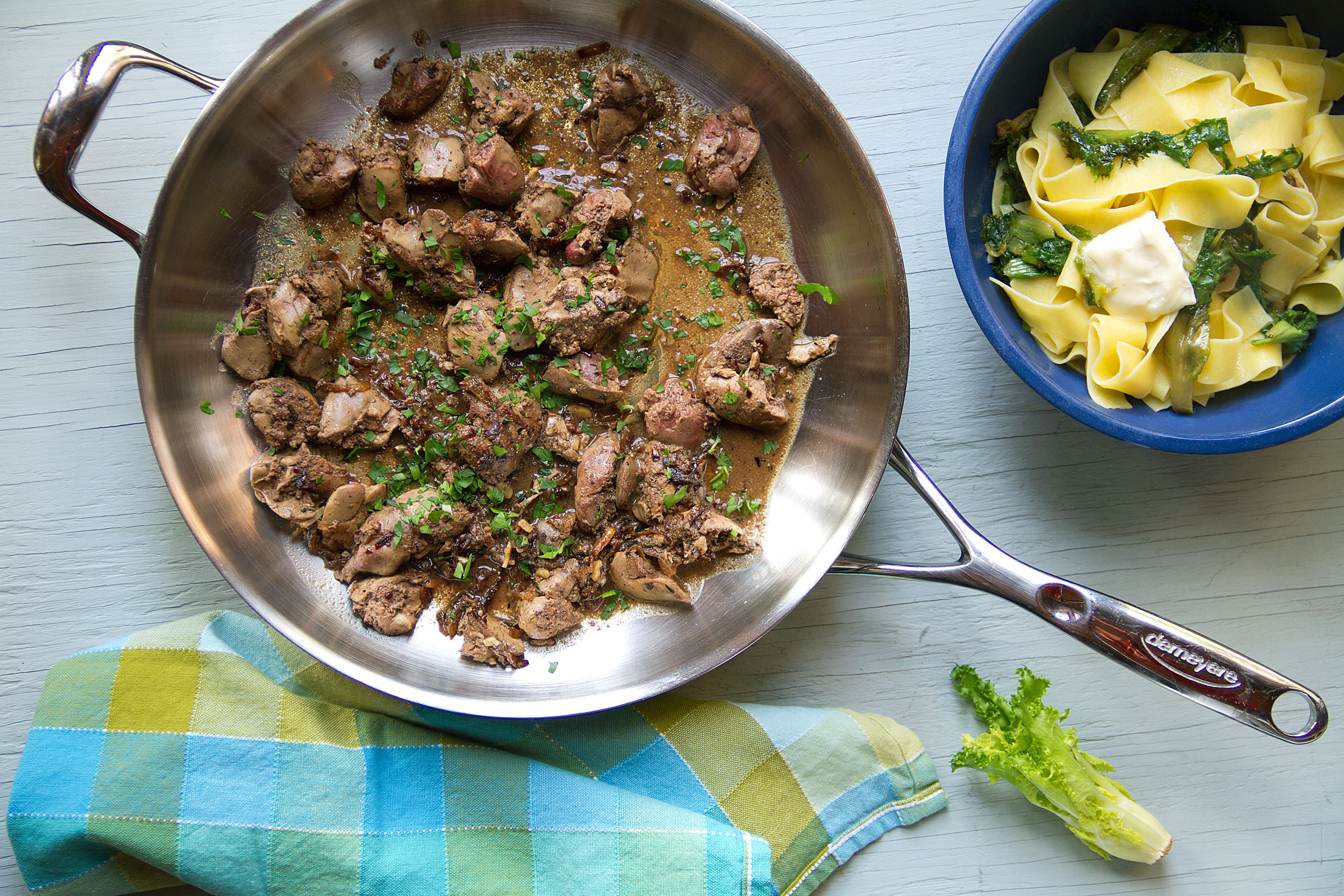
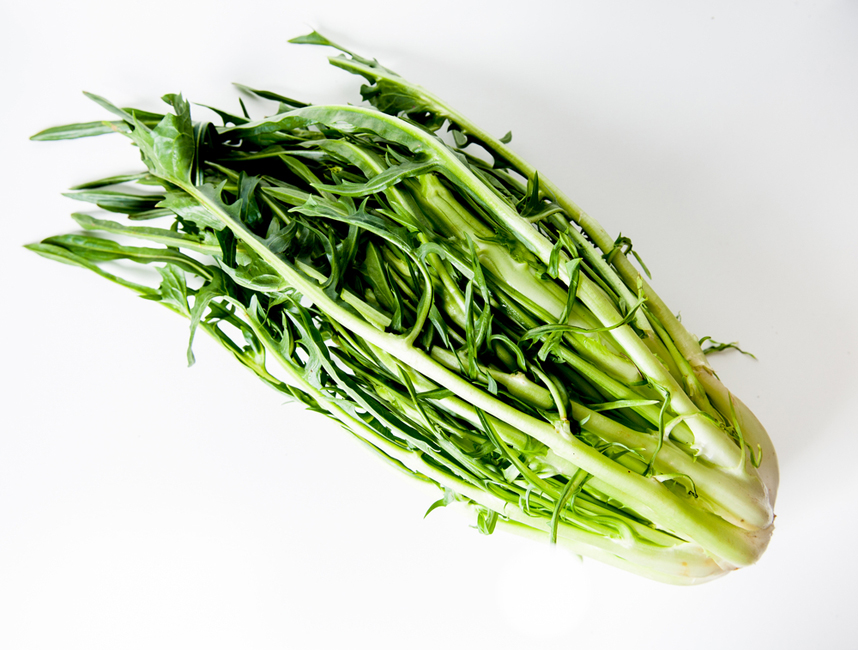
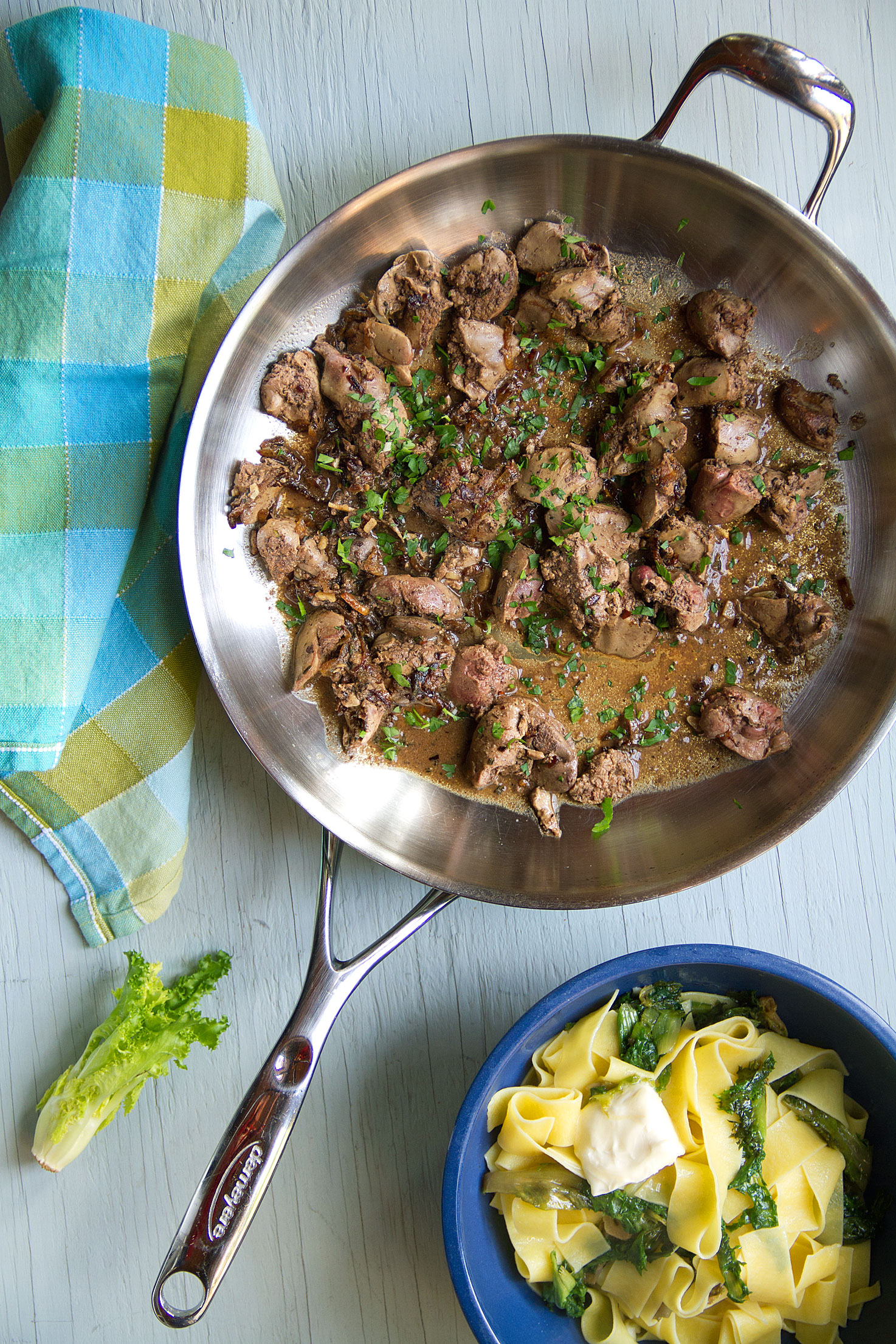
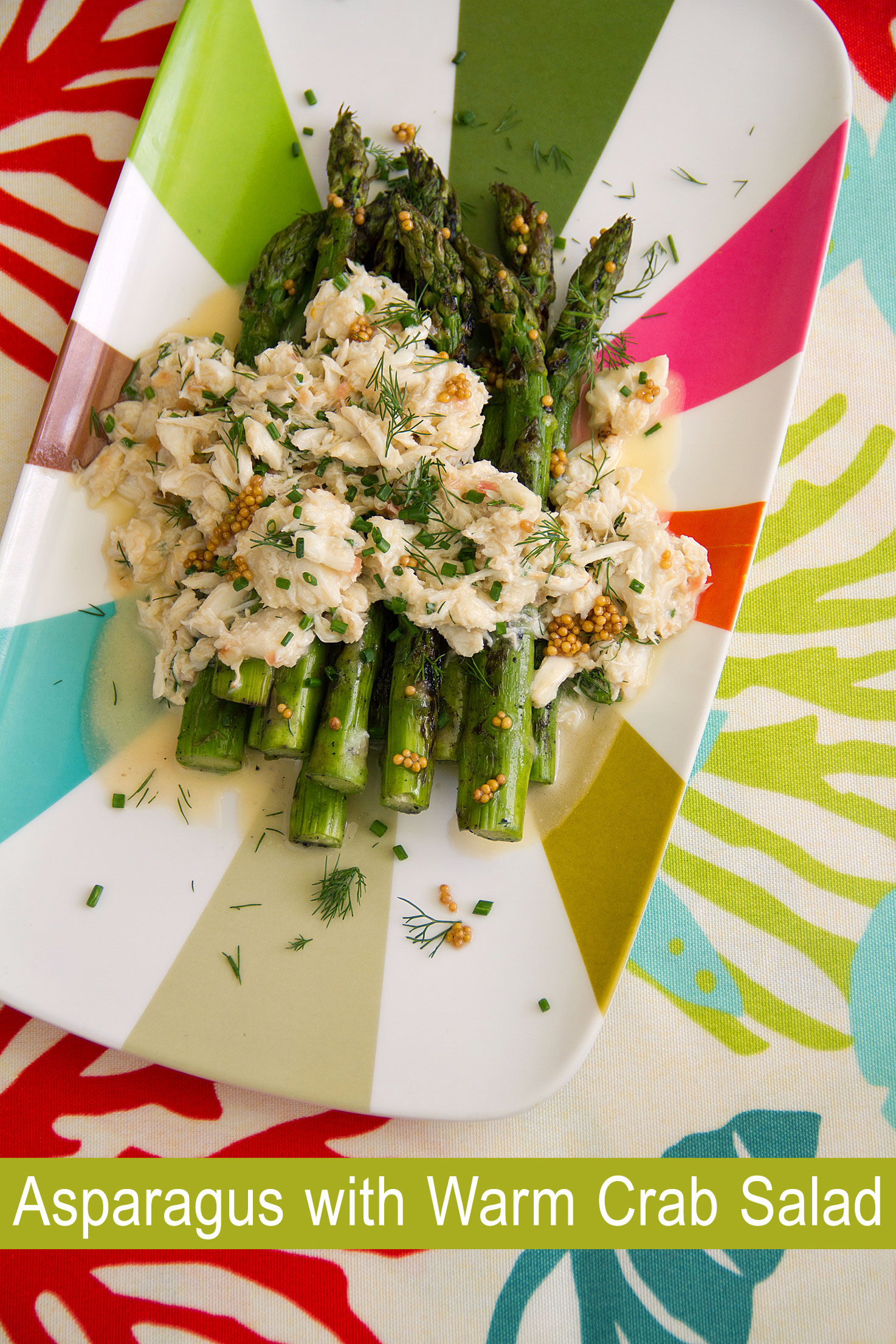
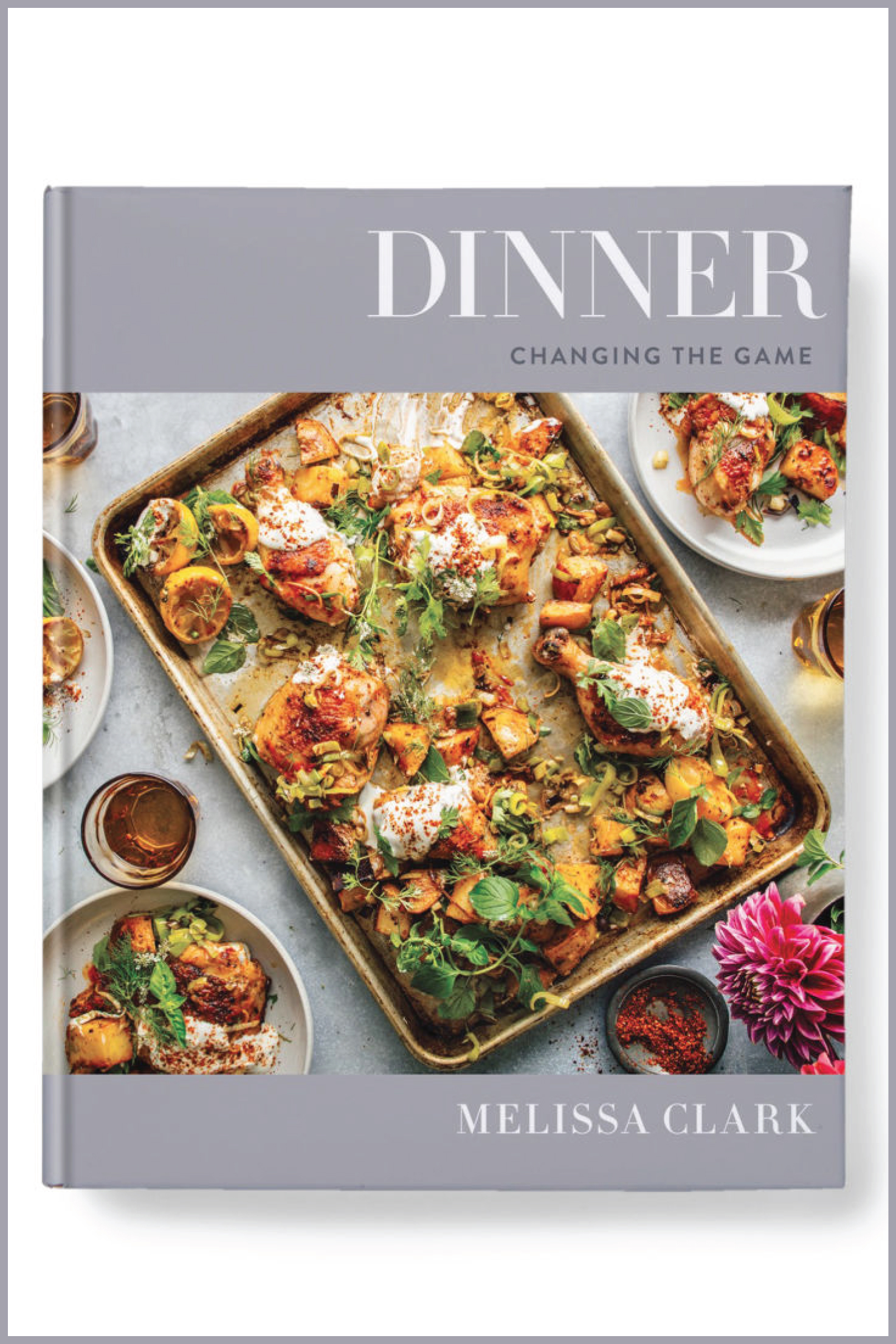

Love chicken gizzards, but I am still trying to come to grips with chicken liver. Your dish, makes me want to revisit this childhood bad culinary memory.
I’ve never had that dish. It sounds delicious. And thanks for the post. I’d never considered the many things you could do with endive.
Chicken livers and pasta is a regular on our household — and we have two or three recipes we use, and none of them is like yours. Looks forward to trying this soon.
Gosh, this post might be about escarole, but I’m loving what you did with the chicken livers. It’s almost time for chicken liver season around here and I am ready!
Well, I’m comfortable with escarole. But can you send me some oca?
Gosh I need this dish in my life! It’s been years since I had chicken livers and I love them. Brilliant combination — thanks Greg!
I don’t see them at our markets, maybe in San Francisco . When I was in Rome I admired all those different veggies. I like chicken livers but nobody else will eat them in my household. What can I say!
Escarole reminds me of childhood. They used to put it in soup. I like your version too and the boldness of using chicken livers.